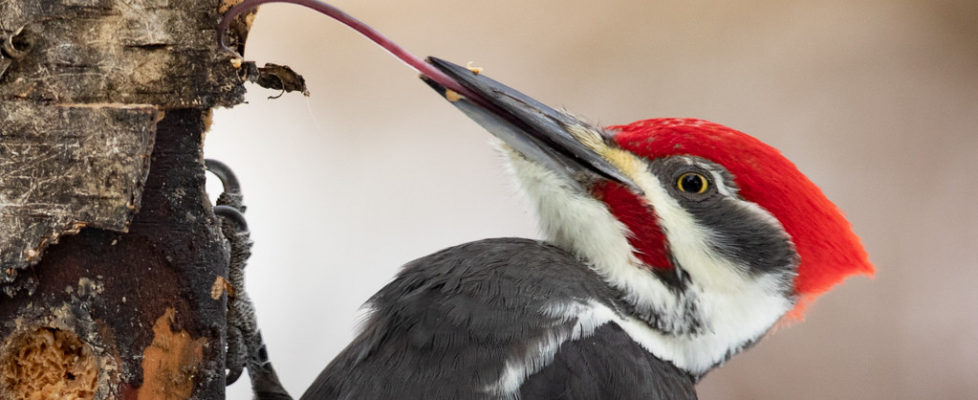
Woodpeckers are fascinating birds known for their ability to drill into wood, a skill they use to create nests and find food. While many people associate them with insects like ants and beetles, woodpeckers also have a particular fondness for termites. These industrious birds play a crucial role in controlling termite populations, making them valuable members of the ecosystem. This article delves into the fascinating world of woodpeckers and their unique relationship with termites.
This article will explore the specialized adaptations that allow woodpeckers to hunt termites, examine the termite diet and its importance to these birds, and discuss the ecological role woodpeckers play in regulating termite populations.
Woodpecker Beaks and Tongues
Woodpeckers possess remarkable beaks specifically designed for excavating wood and extracting insects like termites. Their beaks are strong and chisel-shaped, allowing them to drill into hard surfaces with ease. The beak’s structure is reinforced by a network of strong bones and tendons, providing the necessary strength for repeated hammering actions.
Beyond their powerful beaks, woodpeckers also have incredibly specialized tongues. These long, sticky tongues can extend far beyond the bird’s beak, reaching deep into termite mounds and crevices to capture prey. The tongue is often barbed or covered in sticky saliva, helping to secure termites and prevent them from escaping.
The woodpecker’s skull also plays a vital role in protecting its brain during repeated pecking. It features a spongy layer of bone that absorbs the shock of each impact, preventing damage to the delicate brain tissue. This adaptation allows woodpeckers to peck with incredible force without suffering injury.
Termite Diet
Termites are a primary food source for many woodpecker species. These social insects live in large colonies within mounds or underground tunnels, feeding on decaying wood and other organic matter. Woodpeckers rely on termites as a rich source of protein and energy, essential for their survival and reproduction.
The diet of woodpeckers can vary depending on the region and season. While termites are a staple food, they may also consume ants, beetles, caterpillars, fruits, nuts, and seeds. However, termites remain a crucial component of their diet, particularly during periods when other food sources are scarce.
Hunting Techniques
Woodpeckers employ various hunting techniques to locate and capture termites. They often use their sharp eyesight to spot termite mounds or trails leading to nests. Once they have identified a potential target, they will begin drilling into the wood with their powerful beaks.
Some woodpecker species also utilize drumming as a way to locate termites. By rapidly tapping on trees, they can create vibrations that travel through the wood, alerting them to the presence of termite colonies beneath the surface. This technique allows them to find hidden nests and access termites without having to excavate large sections of wood.
Ecological Importance
Woodpeckers play a vital role in maintaining healthy ecosystems by controlling termite populations. Termites can cause significant damage to trees and structures, weakening their integrity and posing a threat to forests and human infrastructure. By consuming large numbers of termites, woodpeckers help prevent these destructive infestations from spreading.
Furthermore, woodpecker excavations create cavities in trees that provide nesting sites for other bird species, bats, and small mammals. These cavities contribute to biodiversity and enhance the overall health and resilience of forest ecosystems.
Conclusion
Woodpeckers are fascinating birds with remarkable adaptations that allow them to thrive as termite hunters. Their specialized beaks, tongues, and hunting techniques make them highly effective predators, playing a crucial role in regulating termite populations and maintaining healthy ecosystems. Understanding the relationship between woodpeckers and termites highlights the interconnectedness of nature and the importance of preserving these valuable avian species.
